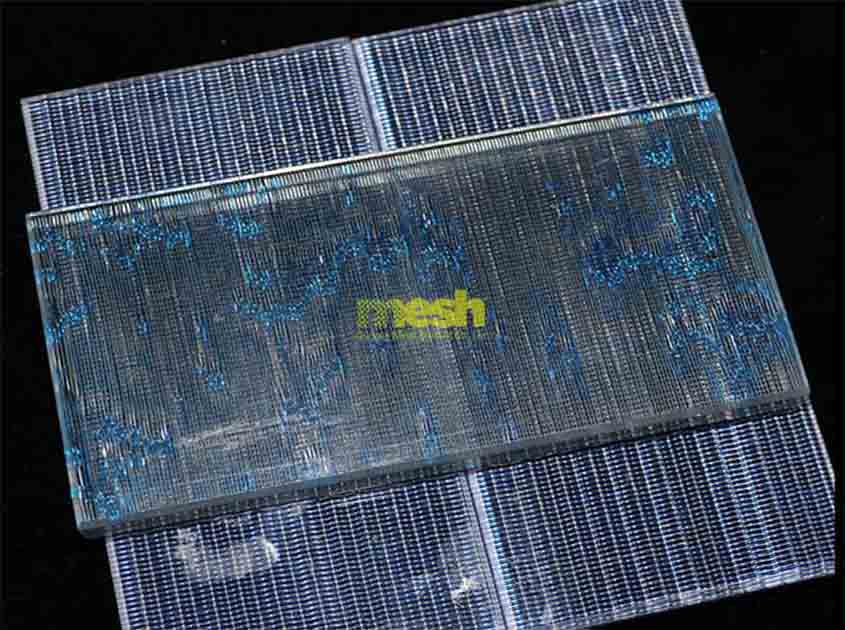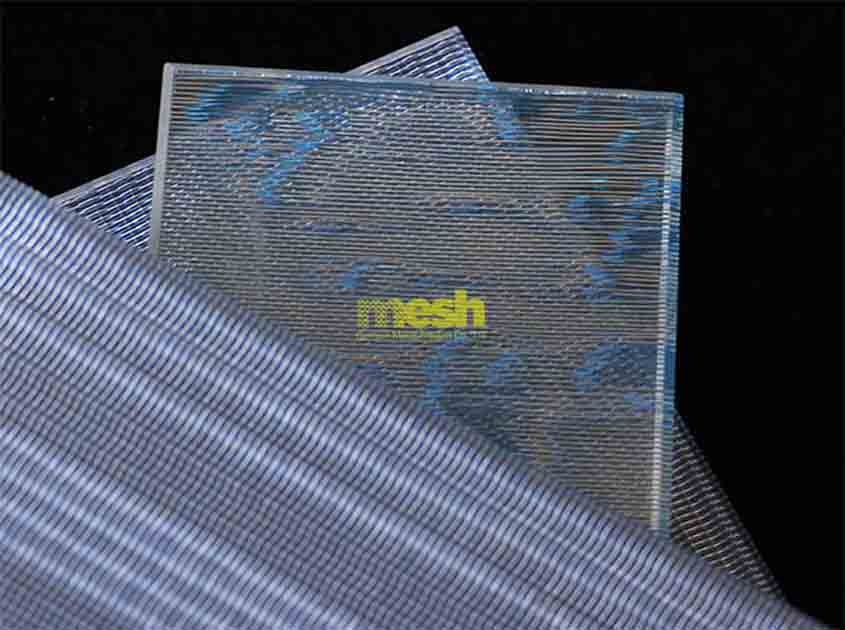Laminated glass metal mesh is a versatile architectural material that combines the elegance of glass with the functionality of metal mesh. When it comes to installation, various methods can be employed to ensure secure and visually appealing results. This article explores the installation methods commonly used for laminated glass metal mesh, highlighting their versatility, practicality, and potential applications.

Frameless Point Support Systems:
Frameless point support systems offer a clean and minimalist aesthetic while providing structural support for laminated glass metal mesh. This installation method involves attaching the mesh panels to a series of point fixings, typically made of stainless steel or other durable materials. The point fixings are strategically positioned along the perimeter of the mesh panels, allowing them to be suspended or tensioned within the designated space. This method creates a sleek and uninterrupted appearance, showcasing the transparency and visual appeal of the laminated glass metal mesh.

Framed Systems:
Framed systems offer a more traditional approach to the installation of laminated glass metal mesh. This method involves enclosing the mesh panels within a frame structure, typically made of aluminum or steel. The frame provides both support and protection for the laminated glass, ensuring its stability and durability. The mesh panels are secured within the frame using a combination of mechanical fasteners and specialized clips or clamps. Framed systems offer versatility in terms of frame design, allowing architects and designers to choose from various profiles, finishes, and colors to match the overall aesthetic of the space.

Tensioned Cable Systems:
Tensioned cable systems offer a unique and dynamic installation method for laminated glass metal mesh. This approach involves suspending the mesh panels between tensioned stainless steel cables, creating a visually striking display that appears to float within the space. The cables are tensioned and anchored to a structural framework, providing the necessary support and stability. Tensioned cable systems allow for creative freedom in terms of mesh panel arrangement, enabling designers to experiment with different patterns, angles, and configurations. This installation method is particularly suitable for applications where a sense of openness and fluidity is desired, such as atriums or feature walls.
pre:Does Laminated Glass Metal Mesh offer UV protection
next:How does Laminated Glass Metal Mesh provide resistance to impact and breakage?
© 2025 Joinwin Architectural Wire. All Rights Reserved. | Sitemap
Recommended Read
What are the design possibilities with different patterns and weaves of metal mesh
What are the maintenance requirements for Laminated Glass Metal Mesh